When we pursue most hobbies in life, it is understood that there is a certain order in which learning is best undertaken and the reason we know this is because the teachers guide us to this understanding. Horsemanship on the other hand is as confusing about where to start and where to end, let alone the order in which to proceed, to students and teachers alike. To be brutally honest most teachers are just guessing their way through, while students wander through frustrations, injuries and brick walls they cannot overcome.
The key point that we miss out on from the very beginning in our riding education is developing a solid seat. Many seem to shun the necessary time performing lunge-line exercises, while others embrace them and do some serious soul searching to track down competent instructors for the task. The Spanish Riding School requires its plebes to sit on the lunge for 2 years. The Cadre Noir likewise trains their riders to develop a balanced, supple and secure seat.
Without this supple seat, everything else is a compromise. The lack of its presence manifests itself in many symptoms… bouncing at the trot (which can lead to back pain in riders), pinching with the knees (which inhibits the action of the calf, rendering leg aids minimally effective… which might explain why riders so often overuse their legs), using the reins for balance (which in turn creates symptoms in the horse like head tossing, rooting, running through the bridle, rearing, bracing, etc etc etc), ineffective communication to the horse (which is self-explanatory). Because the horse is left to take up the slack, so to speak, of the rider's poor seat we also see an increase in physical pain on the part of the horse as well as posture habits that wear and tear on the horse's joints rather than supporting a healthy physique. A horse in pain is more likely to suck back to preserve his energy, and also be on guard for other dangers – increasing the likelihood of spooking.
From the very beginning our riding education sets us up for failure upon failure. Even if we miss out on one, there are a dozen more lined up and waiting for the opportunity to show up. Most riders never have the hope of advancing beyond basic lateral work and the inkling of collection, let alone haute ecole, because their seat is of such poor quality that the horse cannot make up for.
Even top riders, you may be surprised to read, often have seats of compromising qualities. Why then, you might be wondering (or wanting to argue), are they able to reach such levels of riding? Here is where talent of another kind comes in, a kind of talent in tact. What I mean by that is, with enough tact you can work your horse to a high level while still having holes in the very foundation – your seat. Most of us are not gifted with these heightened levels of tact naturally, and it amazes me to think of the potential of a naturally tactful person if they *had* a flawless seat as well!
When we are unaccustomed to seeing correctly supple seats, what we see around us seems suitable. What we see as the norm will seem acceptable until we see something greater, and that is where we get stuck. Because there are so few to help open our eyes to what a great seat is, I fear we will continue onwards as we have for so long riding in disunion with our horses.
The Solution?
Outside of finding an instructor who can teach you the proper exercises to help you find a supple seat, there are stretches and also bodywork that you can do to help correct postural imperfections that will further hinder you from attaining a balanced seat. Stretches aimed at the ilio-psoas muscle will help stretch your hips and open your pelvis, which when closed can create a swayback posture and create low back pain. Stretching your pectoral muscles will help to alleviate stress on your shoulder muscles and allow you to drop your shoulders down and back without effort. This can also help you avoid the “looking down” habit that is all too easy to acquire as we watch our beautiful horse when riding.
Stretching the gluteal muscles and piriformis will allow your hips to open more freely and swing easily without getting caught up, as well as alleviating any tendency for leg/hip cramps when riding. You will want to stretch your hamstrings after practicing any posting trot as this will keep them from becoming overtightened. Stretching your calves will also help you keep your toes pointing skywards.
I hope to be able to offer video demonstrations of stretches for these muscles in the near future, so stay tuned. I know how hard it can be to find good resources, and you are always in my thoughts.
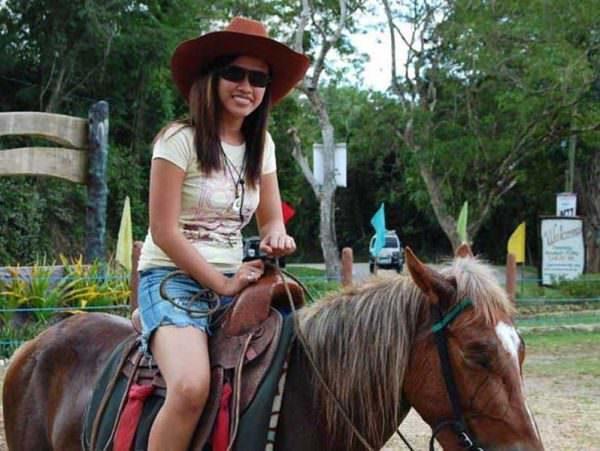

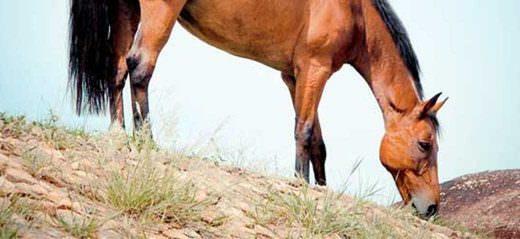
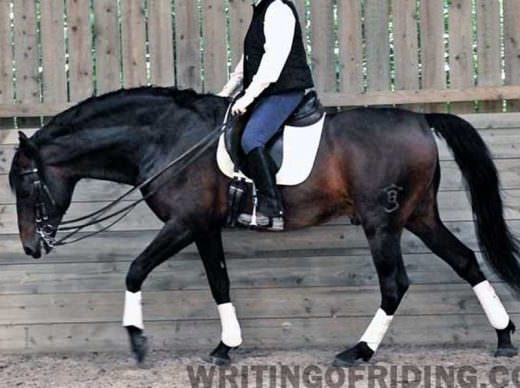
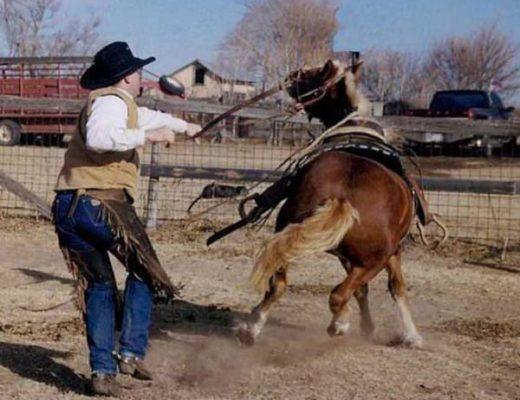
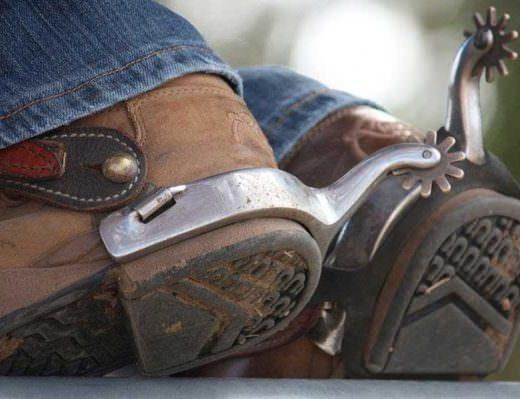
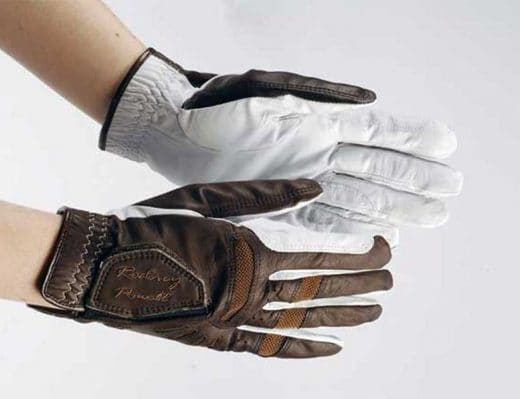
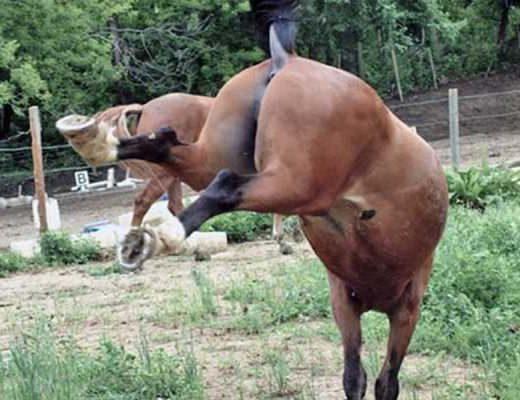
I’ve searched for the perfect seat in the past, when I had aspirations as a hunter jumping rider. We did lunging before every lesson. My conformation (swayback from pregnancies) made this difficult. I think many riders today also have similiar issues.
Excellent point! Thank you for pointing out the conformation / posture habits that we have, it completely slipped my mind when I was writing. I updated the post, and hope to bring some more relevant updates in the near future as well.
I look foward to the video. I enjoy reading your blog! It’s hard to find a english point of view here in Indiana, though I’m sure the western riders would benefit.
You are too sweet! 🙂 It can seem that the Midwest is strewn with ‘western’ and sparse in ‘english’ but I would argue that this is widespread across the country save perhaps New England and Florida… but I also think that much of it is because there is less of a community among english riders outside of the close-knit competition groups. This makes it difficult to come together on ideas if you aren’t a competitor, or if you are a competitor in a small or outside of the social netting.
Where in Indiana are you? I’m only 2 hours north-west of Chicago. 🙂
We are about 3 hours South of Chicago. 🙂 I emailed a new possible trainer yesterday, no reply so far. We are now focusing on driving, but the dressage driving benefits from ridden dressage. The trainers are either too far, too crazy or too western here.
Kudos to you for looking. 🙂
“Insane people are always sure that they are fine. It is only the sane people who are willing to admit that they are crazy.” -Nora Ephron
🙂